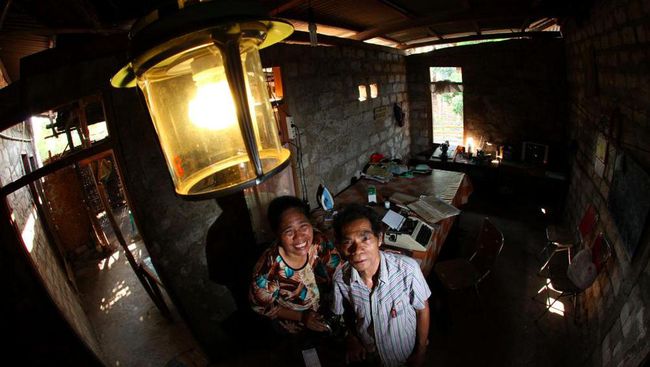
Jakarta, CNN Indonesia – The biomethane development as the fuel source have in fact been performed in Indonesia. The communities from Gunung Kidul, Central Java to Maros, South Sulawesi have enjoyed ‘the blessing’ of the waste products.
In Gunung Kidul Regency, Central Java the human excrement conversion into a biogas has been carried out in a religious boarding school called Darul Qur’an.
They utilise the biogas for different purposes which have enabled them to save the fuel expenses down to Rp 2.5 millions per month.
As for Maros, the biogas development has been performed by Yayasan Rumah Energi in collaboration with the Ministry of Energy and Mineral Resources and Norway.
As excerpted from biru.or.id website, the foundation has rolled out the BIRU Programme in the form of biogas reactor which is capable of processing human excrements and waste products into biogas for household needs.
How is the biogas produced?
Essentially it is a reactor, a container which receives human excrements and convert it into a gas. The excrements and water flow into a dome where the excrement is ‘digested’ and produce a gas which is then is stored in a chamber.
From this chamber, the gas flows to the kitchen for further utilisation of daily needs.
The fermented excrements is channeled out of the dome into a separate chamber. The sludge is called bio-slurry.
Bio-slurry is present in a solid form, light brown colored or green and tend to be dark colored, produce a small amount of gas bubble or none at all. It produces no odor and does not attract insects. These sludges may be further utilised as organic fertilisers which is good to improve the cultured crops. (ded/ded)
(Source: http://www.cnnindonesia.com/teknologi/20141128151509-199-14547/di-indonesia-gas-kotoran-manusia-bisa-untuk-memasak/ )


